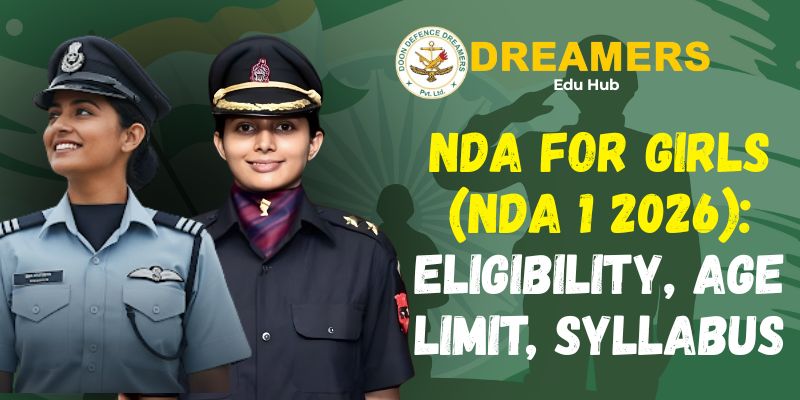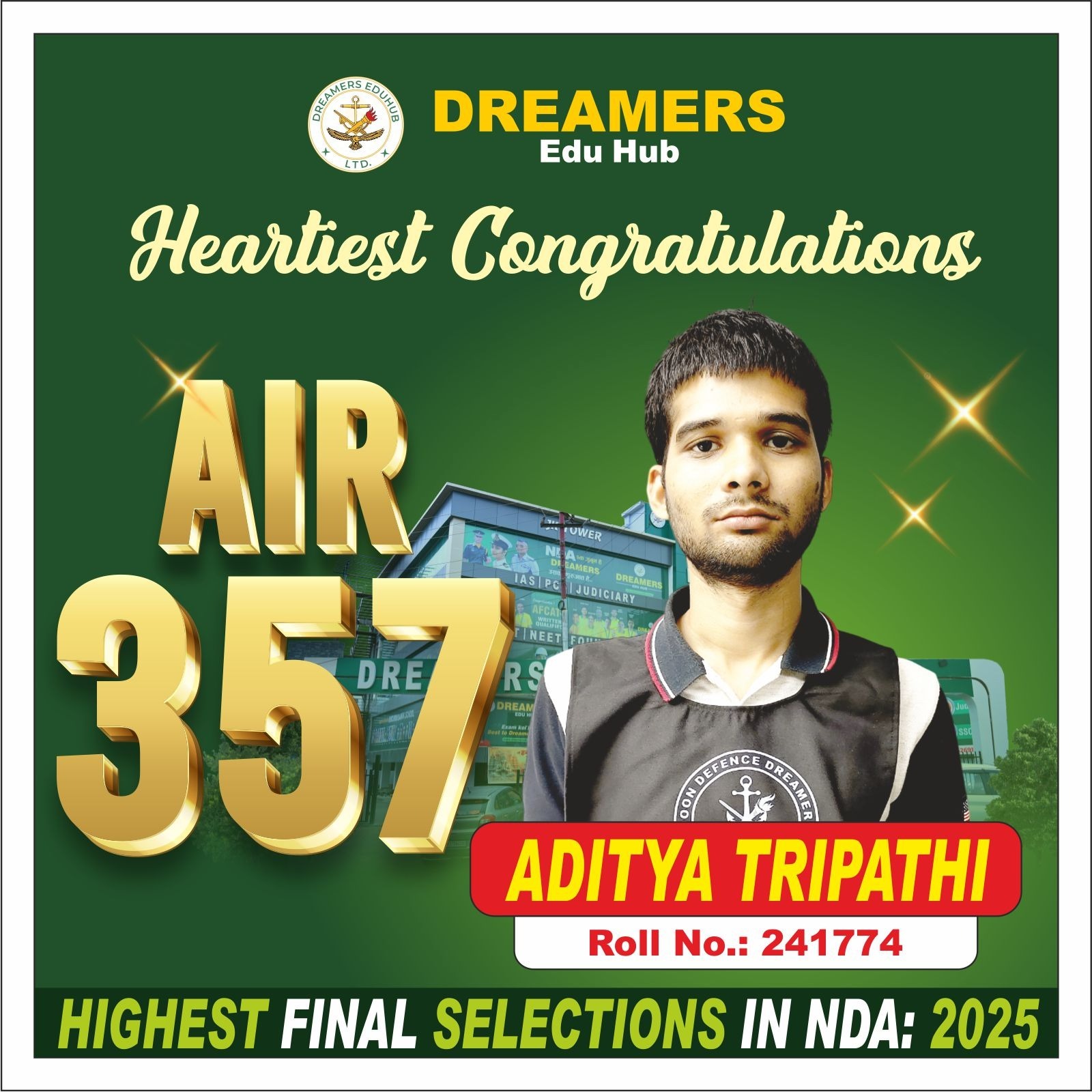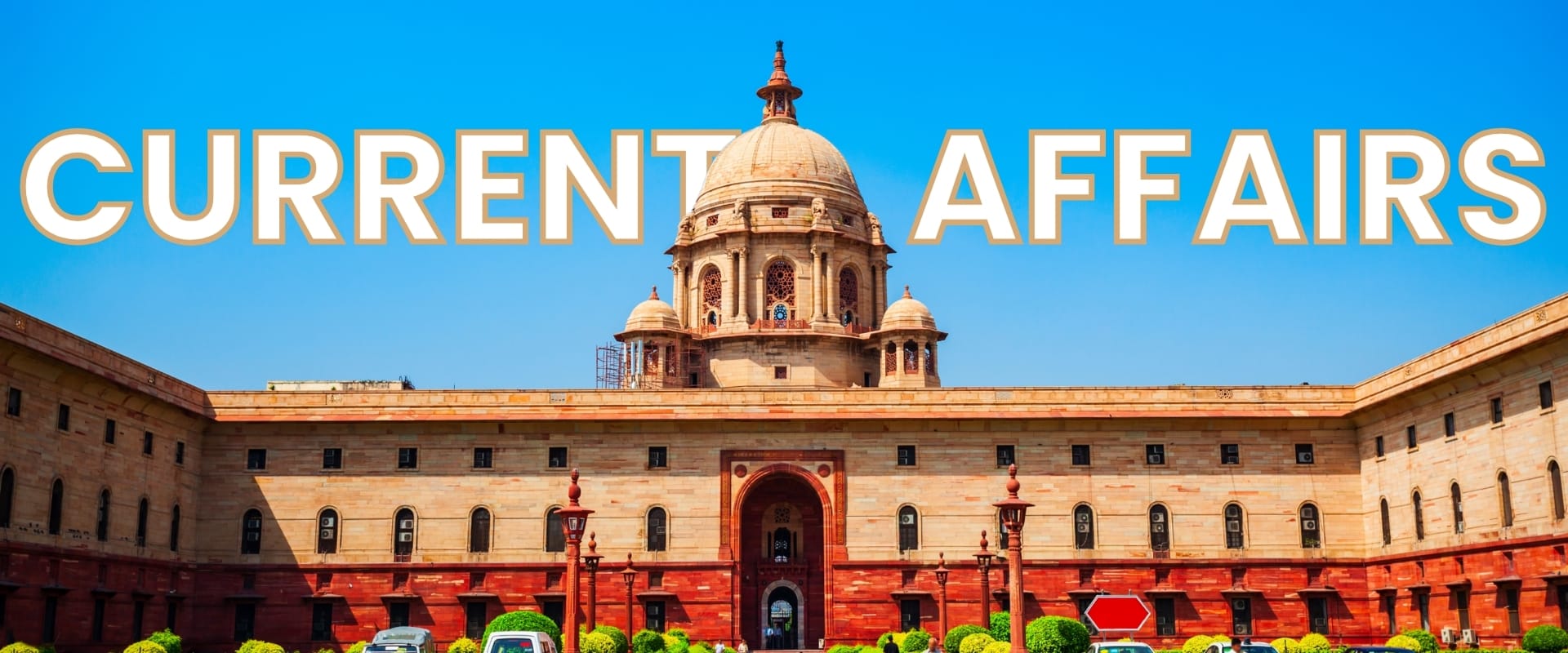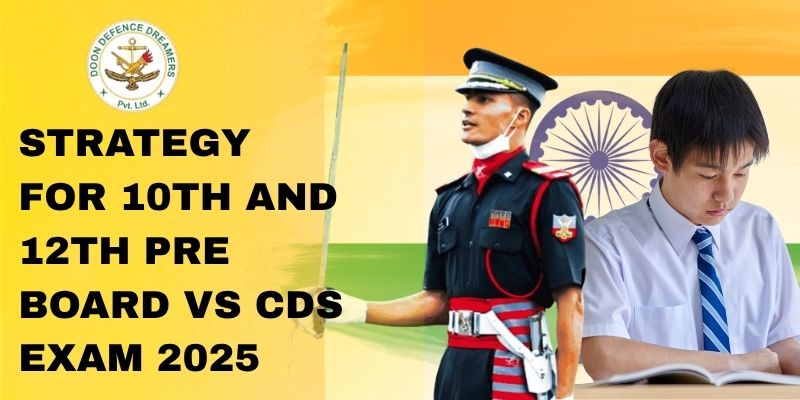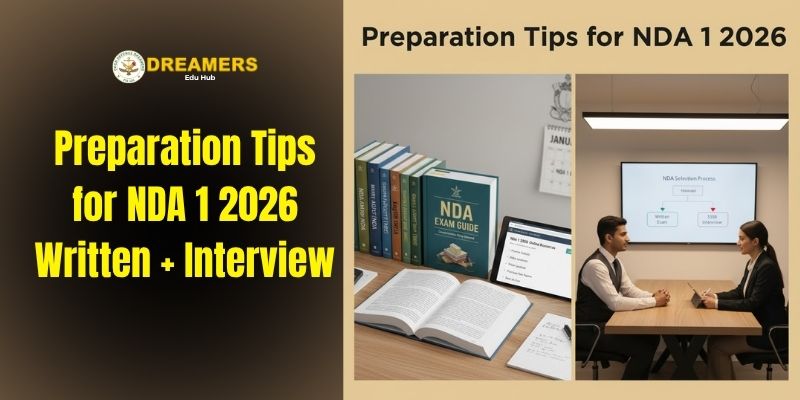If you’re a Class 12 student dreaming of the Army, Navy, or Air Force, the National Defence Academy (NDA) is your fastest track to an officer’s uniform—right after school. Since 2021, girls can also appear for the NDA exam, and every cycle now includes female vacancies. This guide breaks down NDA 1 2026 in simple language: eligibility, age limit, education, medicals, exam pattern, SSB, key dates, and a practical 12-week prep plan that actually works. (Always verify the latest official notification—rules and dates can change.)
NDA 1 2026: Key Dates (as per UPSC’s 2026 calendar)
Notification release: 10 December 2025
Last date to apply: 30 December 2025
Exam date: 12 April 2026 (Sunday)
These come from the UPSC’s Annual Calendar 2026. Use the official calendar/notification as the final word when it goes live.
Can Girls Apply for NDA 1 2026?
Yes. Following a 2021 Supreme Court interim order, women are allowed to take the NDA examination. From that cycle onwards, the UPSC has consistently included female candidates in NDA/NA notifications.
Eligibility for Girls (NDA 1 2026)
1) Nationality
Indian citizens are eligible; certain other categories (e.g., subjects of Nepal/Bhutan, Tibetan refugees, etc.) are also permitted exactly as defined in the UPSC notification each cycle.
2) Age Limit
For NDA 1 2026, expect the usual 16.5 to 19.5 years band, with exact birth-date ranges printed in the notification. Treat those official date bands as final. (Do not miss this fine print!)
3) Marital Status
Unmarried candidates only.
4) Educational Qualification
Army Wing: Class 12 (any stream)—appearing candidates can also apply.
Air Force & Naval Wings: Class 12 with Physics & Mathematics (appearing allowed; you must pass by the stipulated date).
5) Physical & Medical Standards (female)
Non-flying branches (Army/Navy/Air Force-Ground): Minimum height ~152 cm is a commonly applied benchmark for women across officer entries. Final standards will be in the NDA 1 2026 notification/annexures.
Flying Branch (Air Force): Minimum height 162.5 cm, with these anthropometric limits used across IAF entries:
Sitting Height: 81.5–96.0 cm
Leg Length: 99.0–120.0 cm
Thigh Length: ≤ 64.0 cm
These values are standard IAF flying-branch norms (check the year’s NDA annexure for confirmation).
Female medicals also include service-specific checks (vision, hearing, dental, spine/BMI) and female-specific examinations. If declared unfit, you may seek an Appeal Medical Board and, if needed, a Review Medical Board, as per procedure printed in the notification.
Quick tip (Flying Branch): Measure sitting/leg/thigh length early (home/clinic) to avoid surprises at medicals. These are non-negotiable numbers for pilots.
Selection Process (Step-by-Step)
Step 1: Written Examination (UPSC)
Two papers on the same day (OMR mode):
Mathematics – 300 marks (120 questions)
GAT (General Ability Test) – 600 marks (150 questions: English + General Knowledge/Science/Current Affairs)
Negative marking: 1/3rd for wrong answers (as per UPSC scheme)
Written scores decide the SSB call list. (Check the year’s notification for any tweaks.)
Step 2: SSB Interview (approx. 5 days)
Stage I (Screening): OIR tests + PP&DT (Picture Perception & Discussion)
Stage II: Psychology tests, GTO tasks (group planning, discussions, obstacle course), Lecturette, and Personal Interview
The SSB evaluates Officer-Like Qualities (OLQs)—communication, team-work, initiative, social effectiveness, decision-making, and leadership potential.
Final merit counts both Written (900) and SSB (900) scores.
There is no separate PET like other recruitment exams. Physical fitness is evaluated during medical examination after SSB recommendation.
Step 3: Medical Examination
A Board of Service Medical Officers checks you against service standards. If unfit, appeal/review options exist under timelines explained during the board.
Step 4: Final Merit & Training
UPSC publishes a final merit list (subject to medical fitness & vacancies). Selected candidates train 3 years at NDA, Khadakwasla, then proceed to pre-commission academies: IMA (Army), INA (Navy), or AFA (Air Force).
Exam Pattern & Syllabus (Simple Snapshot)
Mathematics (300):
Algebra, Trigonometry, Coordinate Geometry (2D/3D), Differential & Integral Calculus, Vector Algebra, Statistics & Probability.
GAT (600):
English: Grammar, vocabulary, usage, comprehension.
General Knowledge/Science: Physics, Chemistry, General Science, History, Geography, Current Affairs, and basic Defence awareness.
How to Apply for NDA 1 2026
Visit upsconline.nic.in (click here) after the notification release (10 Dec 2025).
Complete Part-I & Part-II registration: details, photo/signature upload, exam centre selection.
Pay the fee (if applicable), submit, and save your application PDF.
If UPSC opens a correction window, fix errors within that period only.
Download admit card and strictly follow instructions (pen type, reporting time, items allowed, etc.).
A Realistic 12-Week Preparation Plan
Goal: Balance concepts + practice + revision without burning out.
Toolbox: NCERT basics, previous years’ questions (PYQs), weekly mocks, an error log, and spaced revision.
Weeks 1–2: Foundation Mode
Maths: Algebra + Trigonometry basics (identities, equations, heights & distances).
English: 20–30 minutes daily—active vocabulary list, grammar rules you actually confuse, 1 editorial summary/day.
GK/Science: NCERT quick scans (Physics/Chem basics that often repeat).
Weeks 3–4: Geometry & Reading Discipline
Maths: Coordinate Geometry (straight lines, circles), intro to Calculus (limits, derivatives).
GK: History (modern) & Geography (India): one-page notes per topic.
English: Comprehension sets + your own “common error list”.
Weeks 5–6: Calculus + Core Science
Maths: Derivatives → basic Integration → applications.
GK/Science: Physics (motion, basic electricity, optics ideas at NDA level), Chemistry (periodic trends, everyday chemistry).
Mock 1: Full GAT (timed) + analysis. Start your error log (record why each error happened + fix).
Weeks 7–8: Vectors, Probability & Current Affairs
Maths: Vectors, 3D basics, Probability/Statistics with solved examples.
CA: Monthly round-up (defence exercises, appointments, awards, space/tech headlines).
Mock 2 & 3: One Maths, one GAT—on OMR sheets to mimic the real exam.
Weeks 9–10: Mixed Drills & Speed
Combo sets: 30-40 mixed Maths questions/day; GAT English + GS alternated.
Weak-area fix: Re-read concepts you still miss.
Mock 4 & 5: Full-length (both papers), same-day schedule if possible. Refine time splits and bubbling discipline.
Weeks 11–12: Exam Simulation & Light Revision
Final three mocks: Exactly like exam day (Maths morning, GAT afternoon).
Cheat sheets: Formula list, common traps, “last 2-minute” facts.
Sleep & food: Don’t sabotage yourself with late nights in the last week.
SSB parallel prep (10–15 mins/day): Daily 2-minute mirror talk (Lecturette style), one short current topic summary, and 10–12 SRT/WAT practice prompts—realistic, not filmy. Build teamwork via small group discussions weekly.
Medical Readiness for Girls (Things Toppers Often Miss)
Height/Weight: Track early; don’t wait till after the exam.
Vision & posture: Fix basics (lighting, screen time, simple back/neck mobility).
Flying Branch target? Check sitting/leg/thigh length now; these are exact numbers (no relaxations by gender/region for flying standards).
General health: Iron levels, hydration, and sleep quality matter more than people think.
Common Mistakes
Ignoring Maths if targeting Army: Everyone writes Maths—don’t risk it.
No OMR practice: Most silly losses are due to bubbling and time panic. Solve mocks on OMR.
Leaving SSB for “later”: OLQs grow through habits—clear speaking, group work, initiative. Start small, daily.
Not reading the notification: Dates, certificate formats, centre rules—don’t depend on hearsay.
Doon Defence Dreamers – Best NDA Coaching in Dehradun
To succeed in NDA, self-study is important but expert guidance makes a huge difference. This is where Doon Defence Dreamers, Dehradun, comes into the picture.
Why Choose Us?
Proven Record: In NDA 2 2025, 710+ students cleared the written exam.
Highly experienced faculty including defence background mentors.
Regular mock tests, doubt sessions, and current affairs updates.
Complete focus on both Written Exam and SSB Interview.
Residential facility with disciplined routine.
That’s why we are recognized as the Best NDA Coaching Institute in Dehradun.
FAQs: NDA 1 2026 for Girls
Q. Are girls allowed in NDA 1 2026?
Yes. Women have been eligible since 2021; female vacancies are included each cycle.
Q. What’s the age limit?
Typically 16.5 to 19.5 years; rely on the exact birth-date range printed in the NDA 1 2026 notification.
Q. What subjects in Class 12 are required?
Army: Any stream.
Air Force/Navy: Physics & Mathematics at 10+2.
Q. What height is required for girls?
Non-flying roles commonly use ~152 cm as a minimum for women; Flying Branch needs 162.5 cm plus strict anthropometric ranges. Check the NDA 1 2026 annexure for the final standards.
Q. Is there a physical test (PET) at UPSC/SSB?
No separate PET. Fitness is assessed during medical examination after SSB recommendation.
Q. When is the NDA 1 2026 exam?
12 April 2026 (Sunday), as per UPSC’s 2026 calendar (subject to official notification).
Final Word
NDA is not just an exam—it’s the doorway to leadership, responsibility, and service. If you’re aiming for NDA 1 2026, keep it simple: build Maths basics, read daily for GAT, practice on OMR, grow OLQs bit by bit, and take care of your health. Consistency beats last-minute marathons—always.

